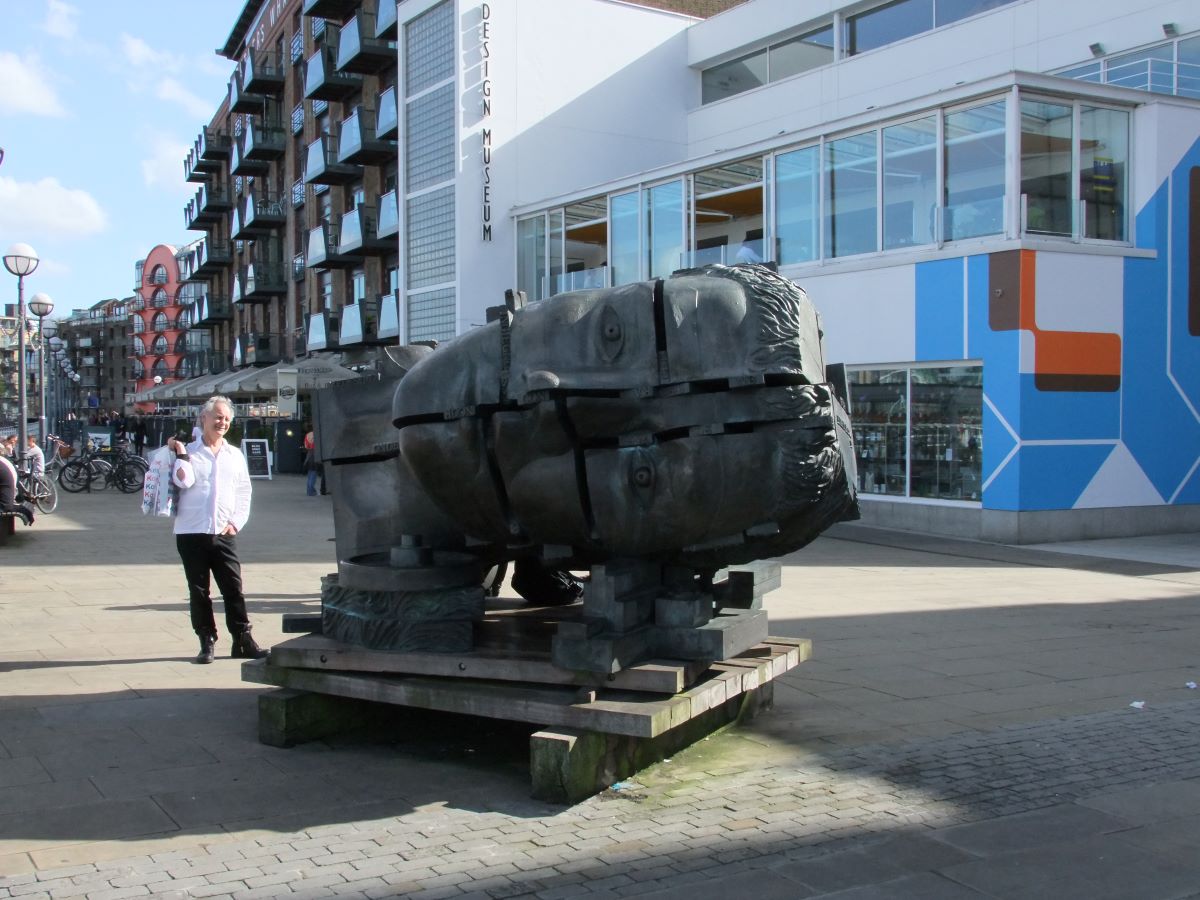
Photo: Paul Farmer
Study highlights lack of diversity in public art
Public arts sector must 'evolve and improve accessibility' in order to address lack of representation from diverse communities, report finds.
There is a lack of diversity and representation among those who make, commission and fund public art, and a desire within the sector to address the imbalance, a study has found.
Research conducted by public art thinktank ixia, which was a National Portfolio Organisation until 2015, found that those working in the sector are predominantly white, getting older, with a higher proportion of men than women in artist roles.
A survey, which received 220 responses, revealed that more than 80% of people working in the sector are white. The average age of men was 55 compared with an average age of 49 for women.
READ MORE:
- Artists and researchers join forces for public art planning
- Public sculptures becoming more diverse, study finds
The ixia research, which has been published alongside a report by commissioned by arts charity Beam exploring how diversity can be improved, also found that more than 80% of respondents were non-disabled, and were mainly concentrated around London, the South West and South East.
The findings echo those of a separate report published earlier this year by Art UK, which found that while sculpture in the UK is becoming more diverse, with representations of Black people and women on the rise, of the 51 artists creating works in 2022 the majority were white (78%) and male (63%).
'Embedded privilege'
One respondent to the ixia study commented that changes to the arts education pipeline "means monied, middle class, middle-aged (probably white British) mindset will be most likely to be best equipped to negotiate the embedded privilege in the sector".
Another said: “The sector needs to reflect our evolving culture. It needs to be more inclusive and diverse.”
The study also highlighted the challenges artists face in attempting to secure competitive commissions, including the cost to them in time and money, as well as challenges for producers and commissioners working within restrictive procurement processes, not designed for commissioning artists.
Ixia said the research makes it clear that the sector urgently needs to evolve to support and create accessible opportunities for emerging producers and artists to deliver high quality contemporary art in public spaces.
"There is an ongoing demand for learning and independent guidance on best practice for commissioners, funders and local authorities, as well as creatives. In the past ixia has been funded to offer this support and advice nationally, but currently there is a real skills gap in many areas where there is funding for public art."
Simplifying the process
The report by Beam looking at how to address the situation, called Building a More Diverse and Inclusive Public Art Sector, suggests the commission application process for artists needs to be "simplified" with less written work.
"Using simple plain language would encourage a wider range of under-represented artists to apply particularly those with dyslexia [or] ADHD," the report, based on interviews with nine diverses artists at different stages in their career, states.
"A range of accessible formats in which to submit your application such as using video and audio should be offered to all applicants across the public art sector.
"Arts organisations and public art specialists also need to be mindful of accessibility and allocate a budget for access needs and implement a diverse interview panel.
The report concludes that the public art sector needs to adopt a more targeted approach to engage and support under-represented artists working in or interested in applying for public realm projects.
"Early career Artists from working class backgrounds need paid mentoring opportunities with established public realm Artists to develop their skill sets and experience," it states.
"Established Artists working on a public art commission should be paid to mentor early or mid career Artists with protected characteristics wanting to work in the sector."
Beam said that while the research is a snapshot and there is still much more to be done, the work highlights some of the key challenges artists working in the public realm are facing.
"We are committed to using this research as a stimulus for change, both within our own processes and by engaging more artists and organisations in a wider conversation to explore how together we can foster a more diverse and inclusive sector," the charity said.
Join the Discussion
You must be logged in to post a comment.